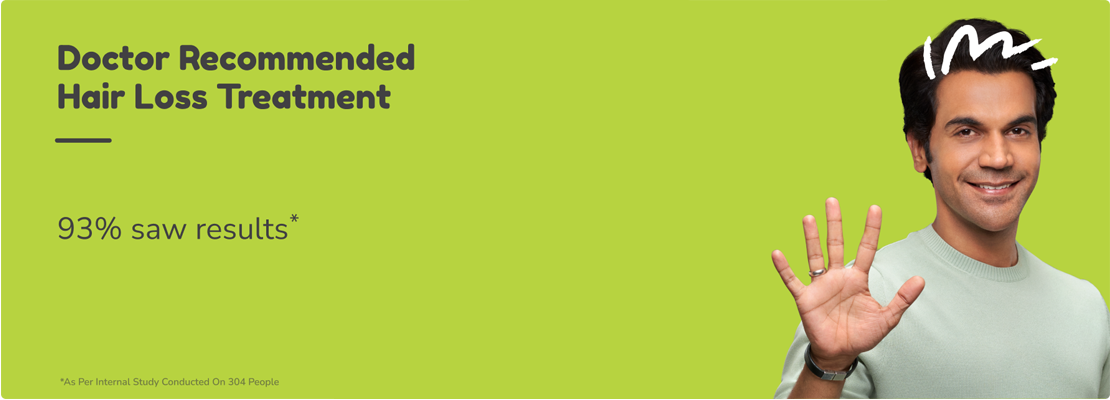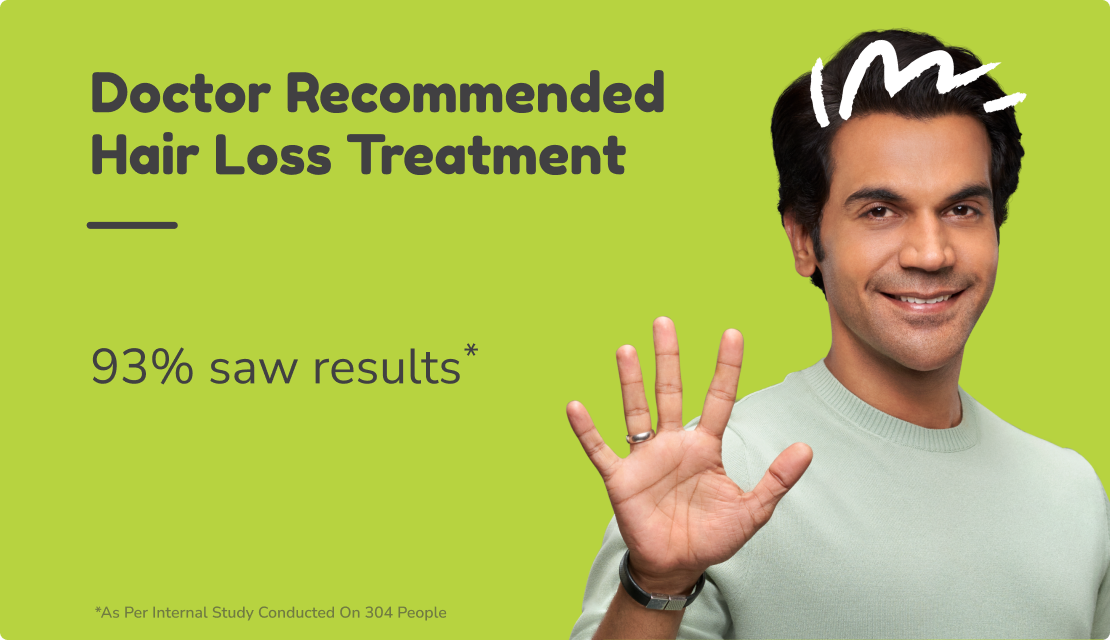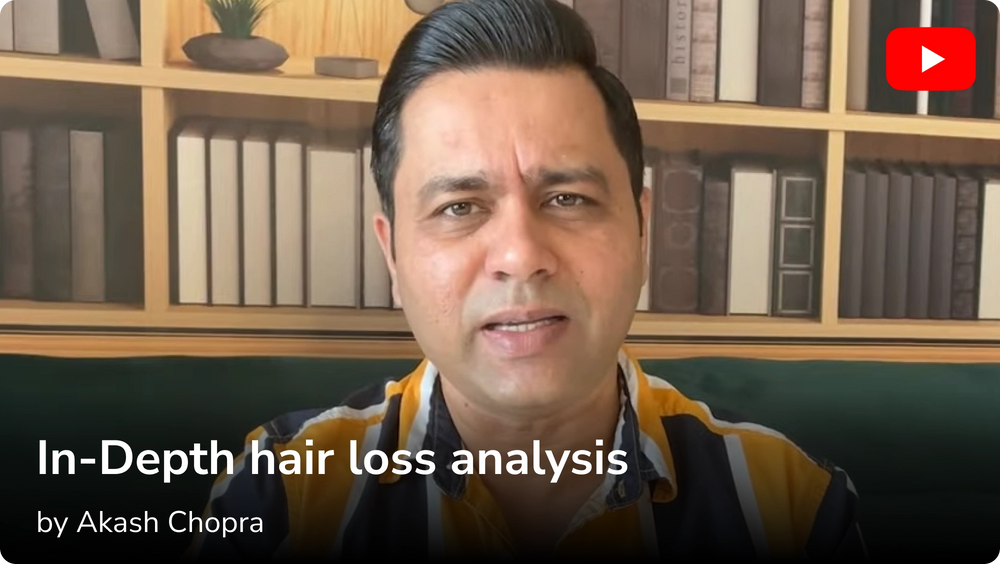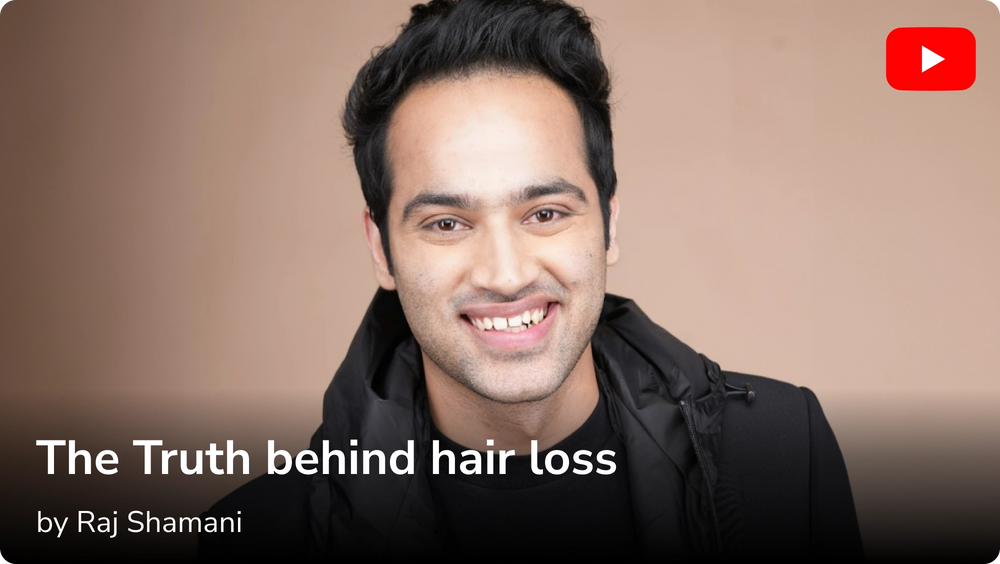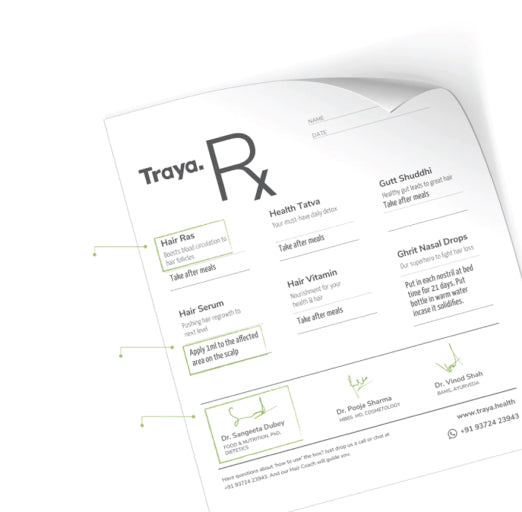In the world of hair loss and prostate health, Finasteride stands out as a versatile medication available in two forms: topical and oral. With the aim of combating male pattern baldness and benign prostatic hyperplasia (BPH), Finasteride addresses two common concerns faced by many individuals. Topical Finasteride offers a novel approach to hair loss treatment, applied directly to the scalp to stimulate hair regrowth while minimizing systemic side effects. On the other hand, oral Finasteride, taken in pill form, provides a comprehensive solution for both hair loss and prostate enlargement, though it comes with the consideration of potential side effects. This blog delves into the world of Finasteride, exploring the benefits and differences between its topical and oral forms, to help individuals make informed decisions about their hair and prostate health.
What is Topical Finasteride?
Topical Finasteride is a specialized medication used to combat hair loss, primarily male pattern baldness (androgenetic alopecia). Unlike its oral counterpart, which is ingested as a pill and affects the whole body, topical Finasteride is applied directly to the scalp in the form of a solution or foam. The mechanism of action involves inhibiting the enzyme 5-alpha reductase, responsible for converting testosterone to dihydrotestosterone (DHT) – a hormone closely associated with hair loss.
Topical Finasteride has emerged as a promising alternative for individuals seeking an effective hair loss treatment with a potentially lower incidence of side effects. As with any medication, it is essential to consult a healthcare professional before use, to understand its suitability for individual cases and to ensure proper application for optimal results. The choice between topical and oral Finasteride depends on various factors, and a thorough discussion with a medical expert can help guide individuals in making the best decision for their specific hair loss concerns.
What is Oral Finasteride?
Oral Finasteride is a medication used to treat male pattern baldness (androgenetic alopecia) and benign prostatic hyperplasia (BPH). It is taken in the form of a pill and works by inhibiting the enzyme 5-alpha reductase, which converts testosterone to dihydrotestosterone (DHT), a hormone associated with hair loss and prostate enlargement. By reducing DHT levels in the body, oral Finasteride helps prevent further hair loss and promotes hair regrowth in men with male pattern baldness. It also aids in shrinking the enlarged prostate in individuals with BPH, relieving urinary symptoms.
Oral Finasteride is available by prescription only, and it is crucial to follow the prescribed dosage and usage instructions to ensure safe and effective use. Informing the healthcare provider about any pre-existing medical conditions and medications being taken is important to avoid potential interactions and ensure the medication's suitability for individual cases.
Topical Finasteride Vs. Oral: What’s the difference?
Topical Finasteride and oral Finasteride are two distinct forms of the same medication, each with its unique application and method of delivery. Topical Finasteride involves applying the medication directly to the scalp in the form of a solution or foam, targeting the hair follicles to inhibit DHT production and stimulate hair regrowth. In contrast, oral Finasteride is taken as a pill, allowing it to affect the entire body by reducing DHT levels systemically. The difference lies in their localized versus systemic impact, potentially offering varying levels of effectiveness and side effects.
|
Aspects |
Topical Finasteride |
Oral Finasteride |
|---|---|---|
|
Method of Application /Administration |
Applied directly to the scalp in the form of a solution or foam. |
Taken as a pill, allowing it to affect the entire body. |
|
Targeted Action/DHT Reduction |
Targets hair follicles locally to inhibit DHT production and stimulate hair regrowth. |
Reduces DHT levels systematically throughout the body. |
|
Systemic Effects and Side Effects |
Localized action helps minimize potential systemic side effects. |
Systemic action may lead to potential side effects, such as reduced libido and erectile dysfunction. |
|
Efficacy |
May be preferred by individuals concerned about systemic effects of oral medications. |
Effective for both hair loss (male pattern baldness) and prostate enlargement (BPH). |
|
Requirements |
Requires consistent and proper application to the scalp for effectiveness. |
Requires medical prescription and regular monitoring during use. |
What Should You Choose?
Choosing between Topical Finasteride and Oral Finasteride is an important decision that depends on various factors, including individual preferences, hair loss patterns, and concerns about potential side effects.
Topical Finasteride offers a localized approach to hair loss treatment, making it a preferred option for individuals who seek to target the scalp directly while potentially reducing systemic side effects. By applying the medication as a solution or foam directly to the affected areas, Topical Finasteride inhibits DHT production in the hair follicles, stimulating hair regrowth and preventing further hair loss. This localized action may appeal to those who wish to avoid potential systemic side effects that could occur with the oral form. Moreover, Topical Finasteride is well-suited for individuals who have a preference for non-invasive treatments and are willing to commit to regular and proper application for optimal results. However, it is important to note that topical application may require consistency and patience, as results may take time to become apparent.
On the other hand, Oral Finasteride provides a comprehensive solution for both hair loss and benign prostatic hyperplasia (BPH). As a systemic medication taken in pill form, it reduces DHT levels throughout the body, effectively addressing hair loss and shrinking an enlarged prostate. For individuals experiencing both hair loss and BPH, Oral Finasteride can offer a convenient and efficient option by tackling both concerns with a single medication. However, the systemic action of Oral Finasteride may come with potential side effects, such as reduced libido and erectile dysfunction, which may be a consideration for some individuals. It is essential to discuss any pre-existing medical conditions and potential interactions with other medications with a healthcare professional before starting Oral Finasteride.
In making the decision between Topical and Oral Finasteride, it is crucial to weigh the benefits and potential risks of each form and consider individual priorities. Those seeking localized and non-invasive hair loss treatment may find Topical Finasteride to be a suitable choice. On the other hand, individuals with combined concerns of hair loss and prostate health may opt for the comprehensive approach of Oral Finasteride.
Additionally, consulting with a healthcare professional is highly recommended to receive personalized guidance and ensure that the chosen form of Finasteride aligns with individual medical history and needs.
Ultimately, the decision should be based on an informed discussion between the individual and the healthcare provider, considering both the desired outcomes and potential side effects to determine the most appropriate form of Finasteride for each person's unique situation.
References
- A systematic review of topical finasteride in the treatment of androgenetic alopecia found that scalp DHT reduction was decreased by 47-52% using 100 μl and 200 μl of topical FNS. Source to link.
- https://pubmed.ncbi.nlm.nih.gov/34634163/
FAQs
- Is oral finasteride better than topical?
- The efficacy of oral finasteride versus topical finasteride may vary depending on individual preferences and hair loss patterns. Oral finasteride is systemic and can affect the whole body, while topical finasteride is applied directly to the scalp, potentially reducing systemic side effects.
- Is topical finasteride safer than oral?
- Topical finasteride is generally considered safer than oral finasteride, as it has a lower risk of systemic side effects. By targeting the scalp directly, topical finasteride reduces the potential for systemic absorption and related adverse reactions.
- Does topical finasteride lower DHT?
- Yes, topical finasteride can lower DHT levels in the scalp, leading to a reduction in DHT's effects on hair follicles and potentially promoting hair growth.
- Does topical finasteride lower testosterone?
- Topical finasteride is less likely to significantly lower testosterone levels in the body compared to oral finasteride, which has a more pronounced impact on systemic hormone levels.
- What is the safest way to take finasteride?
- The safest way to take finasteride is by following the prescribed dosage and usage instructions provided by a healthcare professional. It is essential to have a thorough discussion with a medical expert before starting any finasteride regimen.
- Is topical finasteride better than minoxidil?
- The effectiveness of topical finasteride versus minoxidil may vary depending on individual response and hair loss severity. While both have shown promising results in hair regrowth, individual preferences and medical advice should guide the choice between the two treatments.



